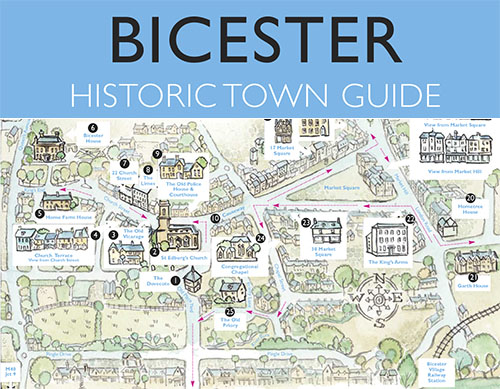Working with Bicester History Society, we are preparing high quality glass plate negative digitisation of rare footage from Bicesters local history.
Our archive specialist archive technicians are skilled in supporting our clients with the digitisation and scanning of fragile glass plate negative heritage materials. We are able to offer a scanning service for glass plate and lantern slides upto A3 in size.
Glass plates are first gently cleaned before being converted from negative images to positives. All slides are digitised to HQ TIFF images before we prepare Adobe Archival technique adjusting contrast and sharpness to ensure that you receive the clearest possible digital images.
Output images can be converted into digital formats to include RAW, JPEG, JPEG2000, TIFF, BMP and Adobe PDF in full colour or greyscale. Indexing, Metadata tagging, OCR and all forms of image processing can be offered as with all our digitisation services.
Highly recommended in Oxfordshire and Thames Valley as one of the leading scanning and archive specialists, we hold 5***** testimonials from University of Oxford, B4 Business, Ashmolean and Pitt Rivers Museums to include thousands of consumer clients.
Kind regards
Cheryl - Oxford Duplication Centre Ltd
https://oxfordduplicationcentre.com/glass-plate-negative-scanning-uk.html
Welcome to Bicester Local History Society
Thank you for visiting the Bicester Local History Society (BLHS) website. We hope that this website will be of particular interest to anyone wanting to discover more about the history and development of the town of Bicester and its environs, as well as the ever-increasing activities of the society. Simply use the menu on the left to navigate your way around the site.
The Upcoming Talks page in the Meetings & Events section lists the forthcoming popular monthly talks that we have organised, some of which focus on Bicester, others on more general local history themes. Or to get a flavour of past talks, you can also view comprehensive summaries of those we've already had.
Over the years, BLHS has amassed an impressive selection of photographs and postcards – visit the Gallery to see some of them - as well as an Archive of local history objects and documents.
Bicester Local History Society is always looking out for new sources of material to further our knowledge of the history of the area. If you have any photographs, drawings, maps, artefacts, stories or other relevant information, we would like to hear from you.
We are proud of our town and its heritage, and the ultimate aim of this website is to bring the local history of Bicester to life, and to make it accessible to as many people as possible.
The Contact Us page gives you the opportunity to provide feedback on the website, to contact us regarding activities organised by BLHS, to share memories, or to ask and answer questions about Bicester.


Comments
Post a Comment